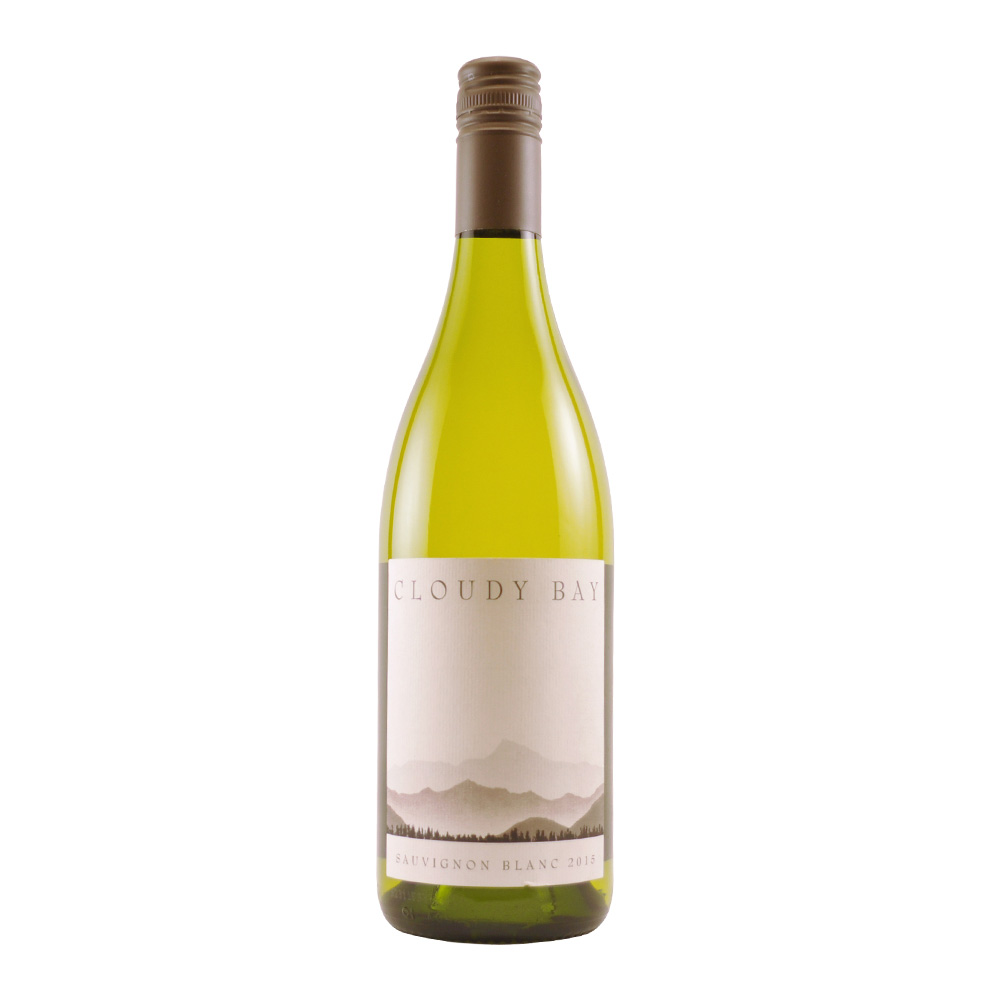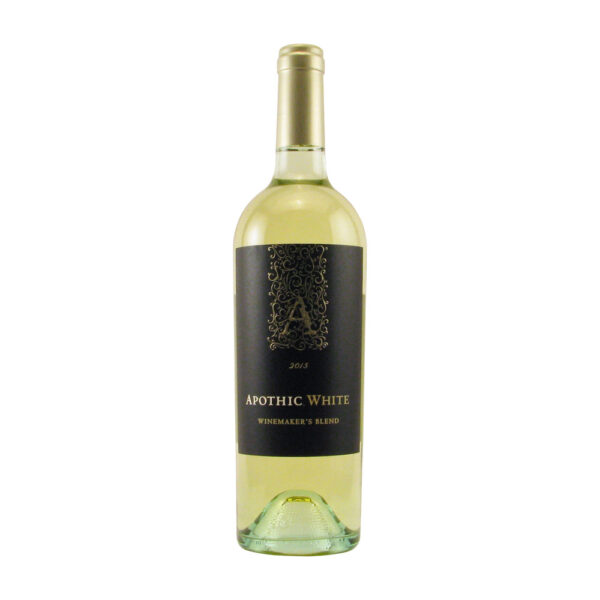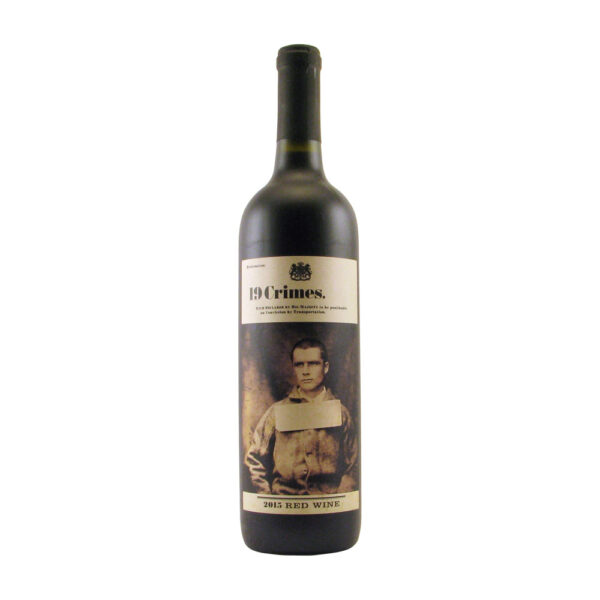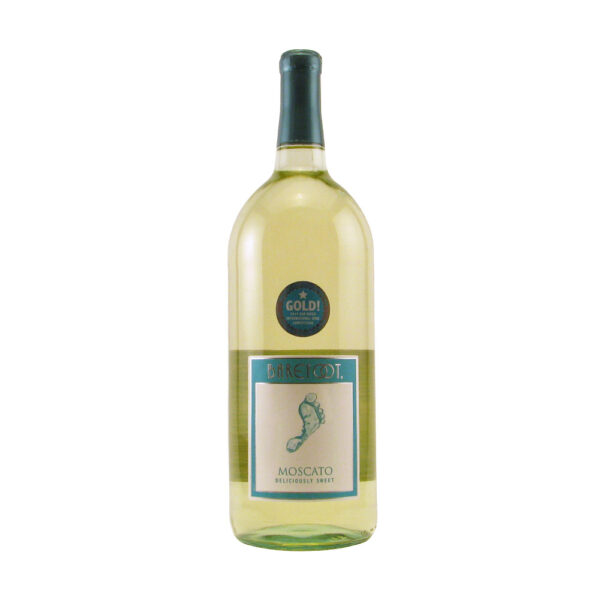Description
Cloudy Bay Sauvignon Blanc 750mL
Cloudy Bay Sauvignon Blanc is grown under ideal conditions, giving you intensely flavored fruit with distinctive varietal character. Elegant, peppery white floral notes open up your palate to mouthwatering rip citrus lemon flavors, passion fruit, and a sleek acid architecture.
Striking aromatics of lime citrus, subtle grassy and herbal complexity compliment the palate well. The nectarine aromatics intermingle with orange bloom in a vibrant and exciting way.
Really striking aromatics. Unmistakable passion fruit and lime citrus with subtle grassy and herbal complexity. The bold, flamboyant fruit with the refreshing citrus is what takes center stage throughout it all.
It’s so appealing, drink it now and see for yourself.
Cloudy Bay Sauvignon Blanc Notes To Your Senses:
- TASTE: Intense, bodily and freshly cut citrus with hints of tropical fruits and grapefruit tart
- AROMA: Vibrate, ripe, complex lemon, lime and nectarine with orange blossom
- APPEARANCE: Pale green straw
- ABV: 13.5%
- PAIRING: Sushi, grilled chicken salad with citrus fruit and goat cheese
Sauvignon Blanc:
A white-wine grape from western France has successfully emerged and became established all around the world. It is more likely to have originated from Brodeaux, even though it’s associated with the Loire Valley. In the late 20th century, Sauvignon Blanc gained a reputation in Marlborough, New Zealand. It’s colloquially known in that part of the world as “savvy”.
Blanc wine, specifically Sauvignon has a “straightforwardness” to it. Zesty acidity and intense aromatics are a general description due to the wide variety of wine styles. Which makes it an ideal wine to start tasting lessons with. Classic Sauvignon Blanc aromas can range from grass or asparagus to green apples and gooseberries.
A general great pairing for Sauvignon Blanc wine would be, roast chicken with thyme-infused stuffing, prosciutto with rocket and mozzarella, and pan-fried white fish with lemon butter and capers.
Chardonnay vs Sauvignon Blanc:
Sauvignon Blanc
- Lighter-bodied, often with crisper, juicier jolt of acidity
- Range of flavors are possible and could have a touch of fresh-cut grass or fresh herb notes
- Gooseberry, citrus to tropical flavors
- If Sauvignon Blanc is made in an oak barrel, it’ll have a smoky or toasty note
- US and Australia tend to have sweeter varieties
- New Zealand is more of a grassy note
Chardonnay
- Medium- to full-bodied wines
- Apple, fig, melon, pear, pineapple or peach notes
- If it’s made in an oaked style, spice, honey, or butter flavors arise
- The very best varieties made are rich, complex and age well
- Burgundian style is the most balanced among varieties of Chardonnay and less fruity than California styles
- If you prefer the unoaked variety, tasting descriptions should include lean, mineral, fresh, white flowers and citrus blossom
White Wine:
Making it a must have in any household!
New Zealand:
Marlborough is considered New Zealand’s wine region. It’s a dry, sunny region that produces three-quarters of all New Zealand wine.
It’s best known for their Sauvignon Blanc. Sauvignon Blanc wine exploded into the “wine world” around the 1980s and 1990s. Marlborough valleys were created millions of years ago by a large glacier. Home to the region center, Wairau Valley and sub-regions have a warm, sunny climate that is cooled by winds from the Pacific Ocean.
The greatest part of this region is their soil. Which we know wine is all about the soil! The soil is geologically young and a perfect match for viticulture due to their fast drainage and low fertility. This forces vines to work hard for nutrients and hydration. That implies all of their hard work is focused on the production of small, concentrated grapes that convert into intense flavor in the finished wines.
Chardonnay, Pinot Gris, and Riesling are very common too! Pinot Noir vines are of age to be producing wines now too!
Master Sommelier Little Known, Big Facts:
- The color of wine depends on the fermentation extracts using skin, like Red wine as compared to white wine, leaving the skin behind
- The oldest bottle of wine dates back to A.D. 325; it was found in Germany inside two Roman sarcophaguses
- The worst place to store wine is usually in the kitchen because it’s typically too warm, in refrigerators, their warmest setting can be too cold
- Richer heavier foods usually pair well with richer, heavier wines; light wines pair with lighter foods
- Generally, a vintage wine is a product of a single year’s harvest, not when the wine is bottled
- A “dumb” wine refers to the lack of odor while a “numb” wine has no odor and no potential of developing a pleasing odor in the feature
- If a server or sommelier hands you a cork, don’t smell it, look for the date or other information ( mold, cracking, or breaks)
- Tannin is a substance that tingles the gums when you indulge your palate with a sip of wine, it’s an excellent antioxidant
- Smell is by far the most important sense when it comes to drinking wine
- Wine was first developed in Mesopotamia, not France
- French wines are labeled following the soil on which they are produced, not according to the grape used
- When chilling wine, adding salt to ice will cool it down faster
Warnings:
You must be 21 or over to purchase this product.
Instructions:
Serve chilled or at room temperature






Reviews
There are no reviews yet.